Truckloads of tourists are expected to head to Tohoku during the first weekend of September to witness the annual kokeshi festival.
Kokeshi are traditional Japanese dolls that are handmade from wood. The doll’s head is enlarged in comparison to its torso and a few thin lines are included to define its facial features. The body of the doll is typically cylindrical in shape, and has a floral design painted in red, black and sometimes yellow, and covered with a layer of wax. A defining characteristic of the dolls is their complete lack of arms or legs.
Kokeshi are believed to have first appeared some time around the middle of the Edo period (1600-1868). The dolls were originally sold as souvenirs by artisans located in Shinchi, Miyagi prefecture, before spreading to other hot spring areas in the Tohoku region.
Traditional kokeshi dolls (dento) have distinctive characteristics connecting them to their specific region of origin, and these days dolls generally fall within one of 11 categories: Tsuchiyu, Togatta, Yajiro, Naruko, Sakunami, Yamagata, Kijiyama, Nanbu, Tsugaru, Zao-takayu and Hijioro.
The Naruko variety from Miyagi prefecture is the most common, and dolls bearing these unique features can be found in surrounding prefectures such as Akita, Iwate and Yamagata. Indeed, the main street of Naruko Onsen is known as Kokeshi Street and has shops that are operated directly by Kokeshi carvers.
Creative Kokeshi dolls (shingata) allow the artist complete freedom in terms of shape, design and color, and were developed after World War II. They are not particular to a specific region of Japan and generally creative kokeshi artists can be found in most urban areas.
The woods used for kokeshi dolls vary, with cherry used to emphasize darkness and dogwood used to create for a softer finish. Itaya-kaede, a Japanese maple, is also used. In the creation of both traditional and creative dolls, the wood is left outdoors to season for one to five years before it is used.
Antique kokeshi dolls are very valuable, and some varieties have sold for as much as ´100,000.
In the northern part of Japan a newborn baby is often given a kokeshi doll at birth. In this case, the height of the doll will be equal to the length of the baby.
Story by James Sycamore
From J SELECT Magazine, September 2007

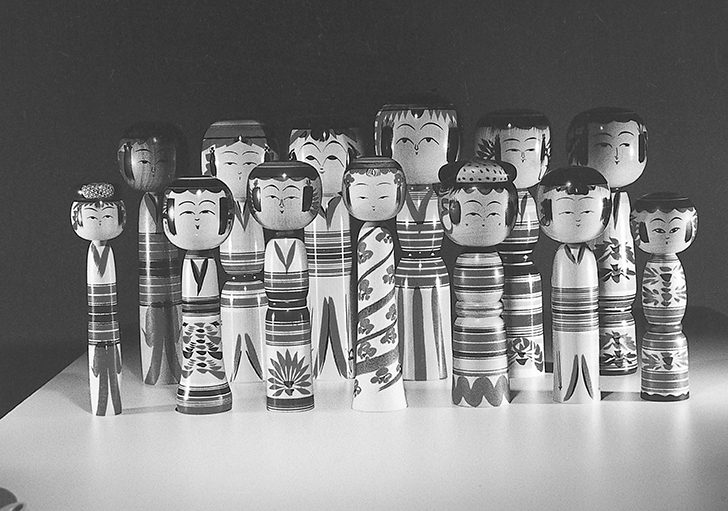


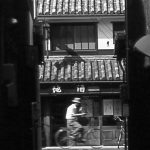
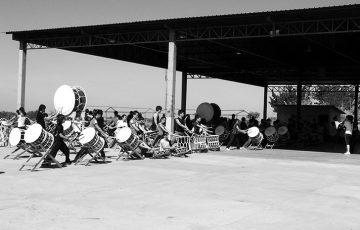

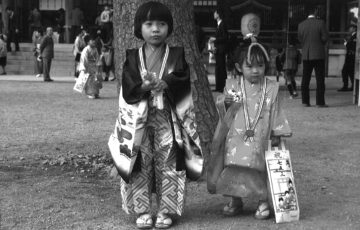
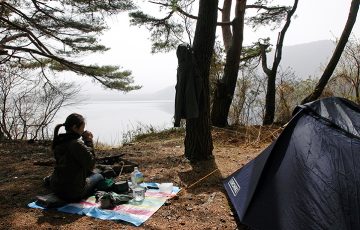
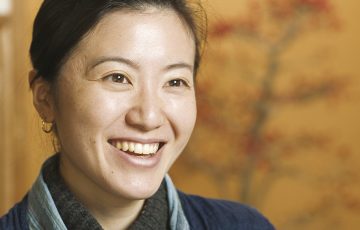





Recent Comments